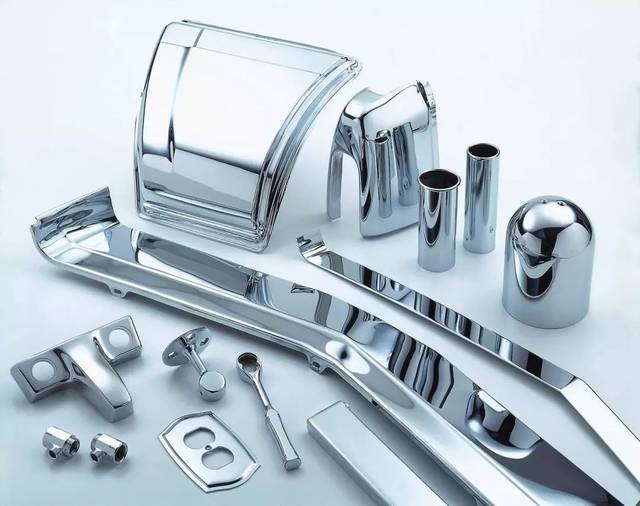Products
Industries

Introduction to Electroplating Basics
Electroplating is the process of depositing a thin layer of metal onto a conductive surface using an electric current. This technique is widely used in the plating industry for a variety of applications, including decorative finishes, corrosion protection, and electrical conductivity.
How Electroplating Works
Electroplating involves the use of an electrolyte solution containing ions of the metal to be plated. The surface to be plated is connected to the negative terminal of a power source, while a piece of the plating metal is connected to the positive terminal. When an electric current is passed through the solution, metal ions are attracted to the negatively charged surface and deposit onto it, forming a thin layer of the plating metal.
Factors Affecting Electroplating
Several factors can affect the quality and effectiveness of electroplating, including:
Applications of Electroplating
Electroplating is used in a wide range of industries, including automotive, aerospace, electronics, and jewelry. Some common applications include:
Overall, electroplating is a versatile and effective technique for enhancing the properties and appearance of metal surfaces.